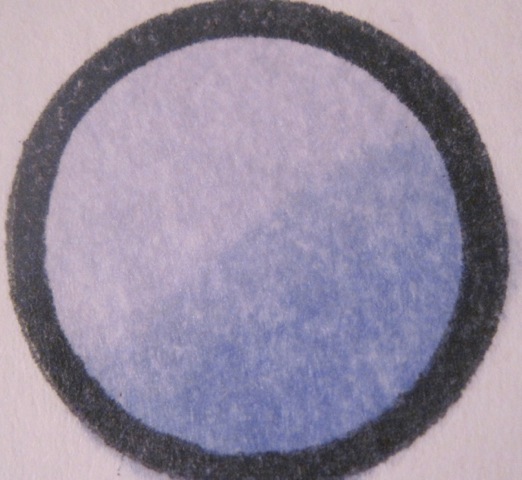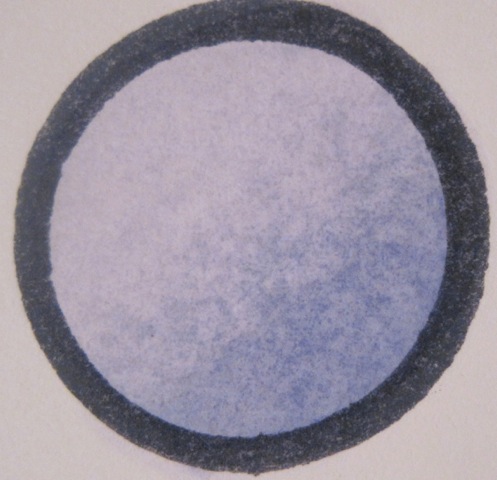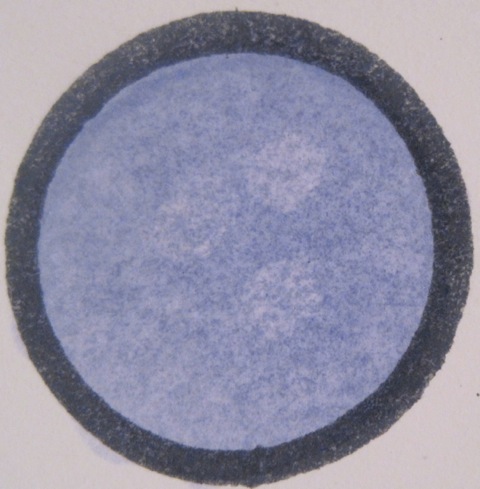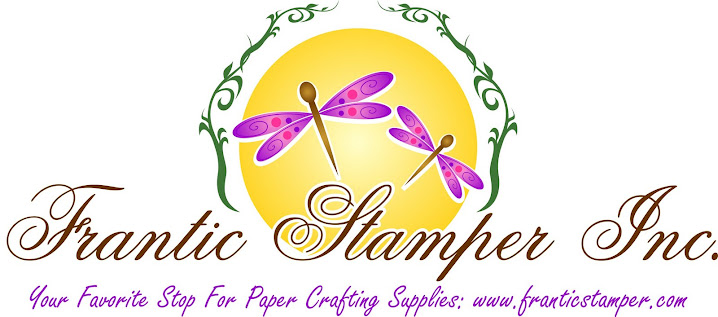
Last week we looked at how to chose the right ink for your coloring projects, with a focus on Copic markers. As important as the ink is, the paper you choose is also critical to the success of your project, so today we will discuss some aspects of assuring your paper will work well with your coloring media.
To do our test, for illustrative purposes, we chose 5 different card stocks. We knew we were going to be using Copic markers so we specifically avoided watercolor paper and coated papers. The watercolor paper, by its very nature, is too absorbent for use with Copics; it will just soak in too much ink. Coated papers, especially clay coated, should be avoided because the coating media can damage the tips of the Copic markers. With clay coatings, for example, small pieces of clay can be lifted off the paper and embed themselves between the fibers of the brush, causing the ink to flow poorly, and clogging the tip.
The five card-stocks we chose were:
- Bazzill Ultra Smooth white card-stock
- Bazzill Ultra Smooth ivory card-stock
- Bazzill Coconut Swirl card-stock
- Georgia Pacific basic white card-stock
- LaBlanche Specialty Stamping Paper
To set up the test I cut 4" squares of each of the different card-stocks. I then stamped 6 circles on each piece of card stock, and hand-drew a rectangle on each as well. I also hand-drew a circle within one of the circles. For my ink I used Memento Tuxedo black ink, via a pad for my stamped image and then with a marker for my hand-drawings.
Note: for all of my coloring tests I do anticipate bleed-through of color to the back of my paper, especially given that some of my tests require supersaturation. I made sure to have a clean sheet of plain white copier paper under my samples at all times.
My first test is to see if I can saturate the paper (which is necessary for smooth blending) and smoothly color an image (no blotches). All of the papers with the exception of the LaBlanche performed reasonably well for this test. I laid down a good cover of ink, and continued to lay down color until the circle looked even and well saturated.
The LaBlanche card stock didn't work at all on this first test, so I won't be showing any further tests with it. The Copic ink beaded up and smeared around, never getting absorbed into the paper. The Georgia Pacific stock seemed to be working fairly well, but it dried somewhat splotchy. The three inks from Bazzill saturated well, with good even coverage. All of the papers bled through to the back except for the LaBlanche.
| LaBlanche |  |
| Georgia-pacific |  |
| Bazzill Coconut Swirl |
 |
| Bazzill Ivory | 
|
| Bazzill White Ultrasmooth |  |
The second test was to supersaturate the paper to check for feathering. I colored the drawn circle completely without touching the line. I then continued to add color and more color until the paper was super saturated. The Georgia Pacific card stock feathered quickly and badly, as did the Bazzill Coconut Swirl. The two Bazzill Ultra-smooth cards required a great deal of ink before there was any feathering.
| LaBlanche | not tested |
| Georgia-pacific |

|
| Bazzill Coconut Swirl |

|
| Bazzill Ivory |

|
| Bazzill White Ultrasmooth |

|
The next test is to see if the ink will blend. I used two different markers in the same color family to see if I could get a smooth blend in my circle. The two ultra-smooth Bazzill card stocks blended best. The Bazzill Coconut Swirl and the Georgia Pacific papers left behind a line that just wouldn't blend out.
| LaBlanche | not tested |
| Georgia-pacific |

|
| Bazzill Coconut Swirl |

|
| Bazzill Ivory |

|
| Bazzill White Ultrasmooth |

|
Next we need to test how the card stock interacts with the colorless blender. I colored in the circles completely, and touched the tip of the blender to the circle in three different places. In the first circle I touched the blender to the ink while the ink was still wet. In the second I waited until the ink was dry before touching the blender to the ink. In both cases, the ink should move away from the blender, and leave lighter spots where the blender was touched.
| LaBlanche | not tested | not tested |
| Georgia-pacific |

|

|
| Bazzill Coconut Swirl |

|

|
| Bazzill Ivory |

|

|
| Bazzill White Ultrasmooth |

|

|
The last test is to blend two different color families. I applied the ink in act of the families by putting the tip of the marker down at the end of the rectangle and then "flicking" it outward toward the other end of the rectangle, allowing the tip to make lighter contact as it moves. The inks meet near the center of the rectangle, with lighter coverage from each marker, allowing the two inks to blend.
The results of blending on each of the card stocks were similar to the same-family blending, though I had more trouble with the Ivory card stock than I expected. The Bazzill Ultra-smooth white card stock worked the best by far.
| LaBlanche | not tested |
| Georgia-pacific |
 |
| Bazzill Coconut Swirl |

|
| Bazzill Ivory |
 |
| Bazzill White Ultrasmooth |

|
For me, the Bazzill Ultra-smooth card stocks are clearly better for use with Copic markers than the other card-stocks I had available. My results may not be YOUR results, though. Every person has a different hand when it comes to using markers. SO be sure to do these tests on YOUR card stock when you are making the choice for your coloring needs.
But no matter what card stock you chose, you'll be sure to find it at FranticStamper. And Fran also carries a huge assortment of Copic markers.


No comments:
Post a Comment